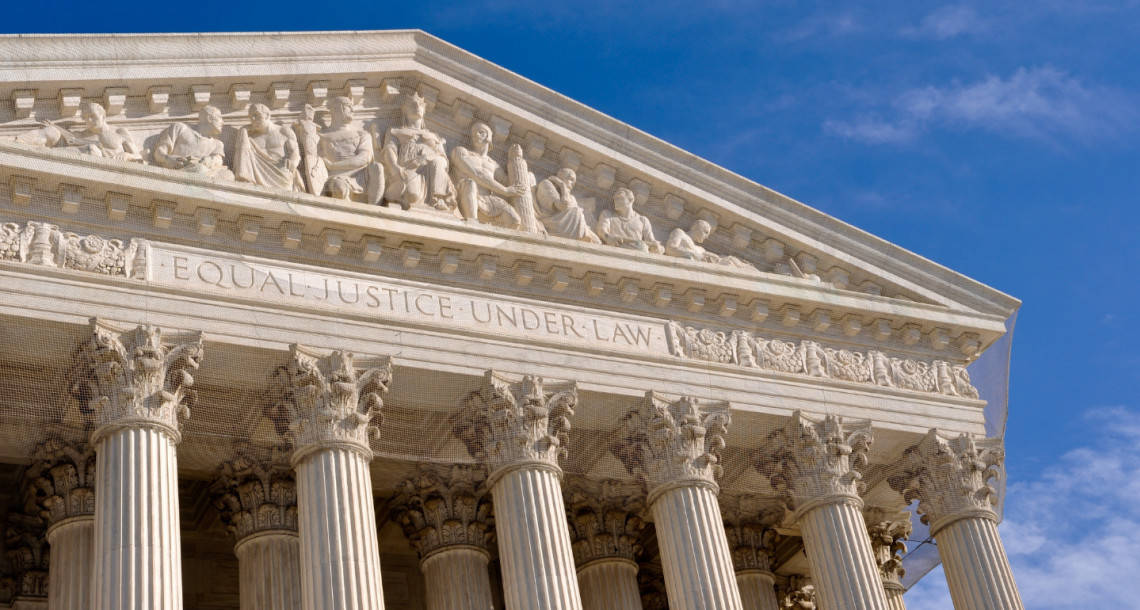Health Reimbursement Arrangements (HRAs) have been on a roller coaster the past five years. Some laws and regulations have limited the types of HRAs that an employer can offer whereas other laws and regulations have created new HRA options for employers to offer. Below is a summary of the types of HRAs employers can offer to employees.
As a result of regulations supplementing the Affordable Care Act (ACA), employers were limited to offering 3 types of HRAs.
- (1) Integrated HRAs – This type of HRA requires employees to also be covered by a group major medical plan. It generally reimburses out-of-pocket medical expenses.
- (2) Retiree HRAs – This type of HRA only provides reimbursements to retirees.
- (3) Dental/Vision HRAs – This type of HRA limits reimbursements to only dental and/or vision expenses.
As a result of the 21st Century Cures Act, a fourth type of HRA became available in 2017.
- (4) Qualified Small Employer HRA (QSEHRA) – This type of HRA is only available to employers who are not subject to the Employer Mandate (i.e. less than 50 employees). The maximum reimbursement is limited to $5,150 for single coverage and $10,450 for family coverage. The primary intent of a QSEHRA is to allow for the reimbursement of individual health insurance premiums, but other out-of-pocket expenses can be reimbursed. Other rules and restrictions apply.
As a result of recent regulatory guidance issued by the Trump administration, a fifth and sixth HRA option will become available in 2020.
- (5) Individual Coverage HRA (ICHRA) – This HRA is almost like a hybrid of the Integrated HRA and QSEHRA. It will be available to employers of all sizes, and it requires employees to be covered by an individual health insurance plan or Medicare to be eligible for reimbursements. The primary intent of the ICHRA is to allow for the reimbursement of individual health insurance premiums, but other out-of-pocket expenses can be reimbursed. The employer determines the reimbursement limits, and other rules and restrictions apply.
- (6) Excepted Benefit HRA – This type of HRA will allow for the reimbursement of COBRA premiums, short-term medical plan premiums, dental and vision expenses. Annual reimbursement limits will be capped at $1,800 (adjusted for inflation).
Share This Post
Questions? Speak with a licensed agent today
for more information on short term
Call Us at 855-563-6993
More To Explore

Surest Health Plan Review
Surest Health was launched in 2016 under the name Bind and

Legal and Compliance Considerations for Level-Funded Health Plans
Level-funded health plans are now growing and giving businesses more control

Why Employers Should Know About Stop-Loss Coverage in Level-Funded Plans
Nowadays, businesses trying to balance employee health benefits with budget constraints











